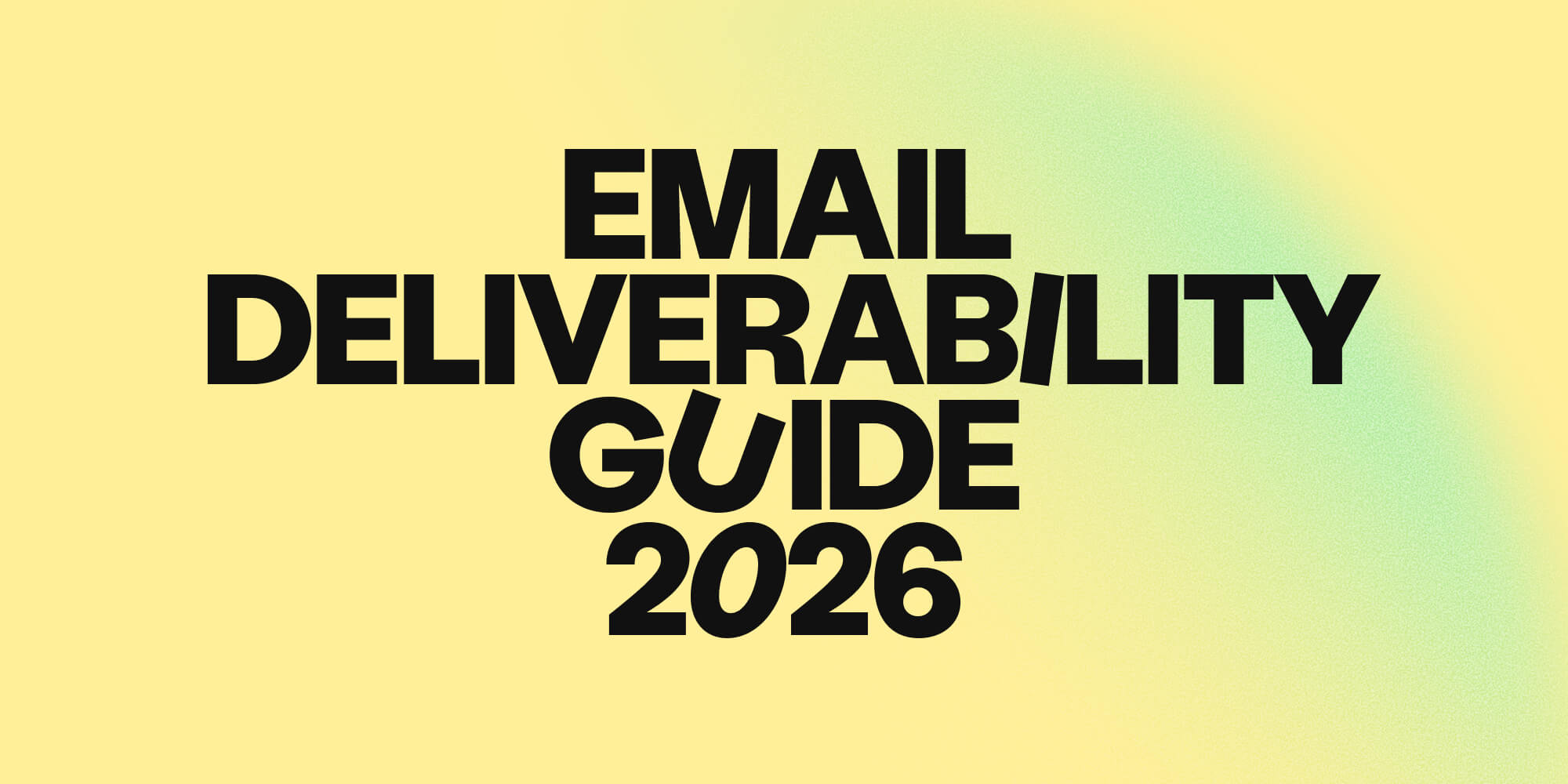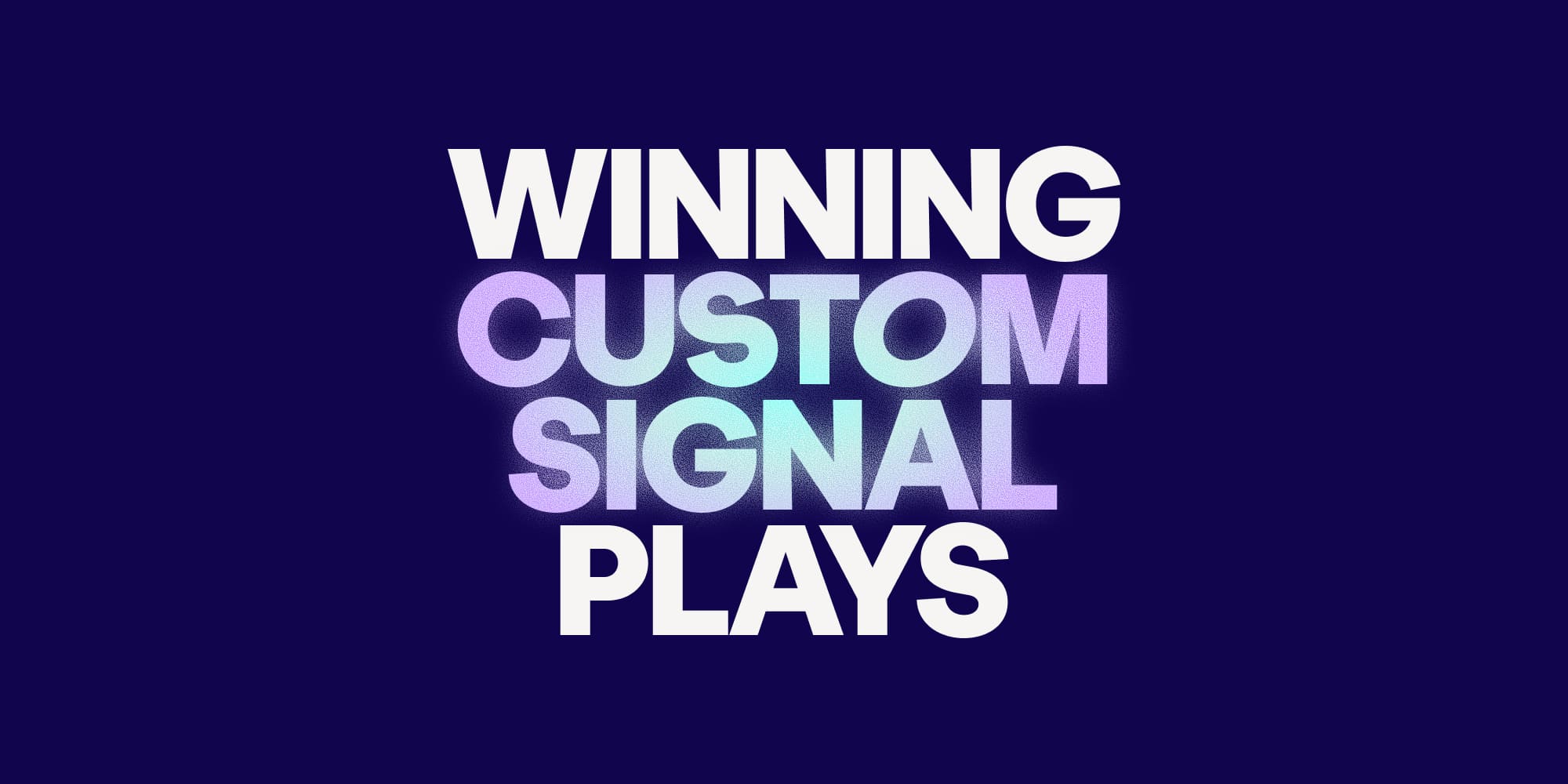Hyper-personalization: why is it important in sales?
•
July 18, 2022

Why does sales email personalization matter?
Cold emailing is a powerful way to connect with potential customers and convert them into paying customers. However, many businesses make the mistake of sending generic, unpersonalized emails that end up getting ignored or marked as spam. In fact, Return Path's 2020 Deliverability Benchmark Report discovered that an average of 8 percent of all commercial emails in the United States wind up as spam. Chances that someone will look for your email in Spam and not have trust issues are very low, and definitely not a good start for an aspiring fruitful commercial relationship.
But what’s more, even if your email makes it through the Spam trap, the average response rate of cold emails is still a number that needs some work. Cold email response rates can vary greatly from around 2-5% for some sales emails to 25% or even over 50%.
Cold emailing is the sales tool with the highest ROI, and the truth is that it has been heavily misused in the past with techniques like “Spray and Pray”. But a laser-focused outreach can not only secure a place in your prospect's inbox but also increase the certainty that your prospect will reply to your email. The key to success? Quality over quantity, and there are several ways you can increase the quality of your outreach; One of them is hyper-personalizing your outbound sequences.
In this blog post, we will review why Hyper-personalization is a key factor to increase your conversion rates and we'll share some email personalization tehcniques and tips to put into practice today!
Basic personalization vs. hyper-personalization
When someone thinks of the concept of ‘personalization’, they generally think of adding in the prospects’ first and last names. But personalization is so much more.
When personalizing your outreach the objective is to be relevant to your prospect and that entails, not only knowing your target’s name and last name, but also understanding their likes, dislikes, pain points, current situation, and potential future moves. By having an understanding of these data points you are able to build hyper-personalized outbound strategies that create a more relevant connection with your prospect.
A common misconception of hyper-personalization is that it starts when you’re crafting an email and that it’s just half of the picture. Hyper-personalization starts when you are defining your lists of prospects. You most likely have an ICP, Ideal Customer Profile*. However, within your ICP, you will probably have people with similar interests, or job titles, companies they work for, previous universities they’ve been to, or even previous events they’ve attended. These are decisive pieces of information that will give you the bandwidth to approach your prospects with an argument that will actually resonate with them, and fundamentally, be relevant in time and matter.
*(If you don't know who's your ICP we recommend you to read our Lesson#2 of the Series "Outbound for Beginners" where we talk about Prospecting and Lead Generation)
Up until now it sounds pretty logical but you’ll be wondering, how can you find this data and how can you use it to hyper-personalize your outreach.

Leveraging data for tailored sales emails
From web scrapers to enormous databases, data is available for mostly everyone that seeks it. But the question is how can you find quality data and a tool that allows you to easily navigate through it.
Amplemarket partners with dozens of different data providers to provide the most extensive and accurate business database in the world. On top of dozens of other filters, you can search prospects based on the conferences they have attended, the specific ads they have interacted with or the topics they have been talking about on LinkedIn.
Optimizing email body content for personalization
If you're familiar with shortcut tags like {{first_name}} or {{job title}} to personalize your emails, then you already know something about liquid syntax. It's the templating language used to automate the personalization workflow.
What you may not know about liquid syntax is that you can also use it to predetermine what data is selected and how it is displayed. By dictating simple statements of programming logic such as “if” > “then”, the possibilities of customization multiply, giving you the opportunity of tailor-made sequences that are congruent and timely.
Additionally, prospects will know that you’ve done your homework and gone the extra mile to grab their attention.
At the end of the day, a good first-touch email will entice your prospect’s curiosity while a bad one can even get you marked as spam. Choosing to be relevant will set the tone of the future conversation and will showcase your professionalism in your outbound approach.
Should you hyper-personalize every email?
Hyper-personalizing each cold email would not serve the purpose of automating your outreach. But this does not mean that you can’t personalize a genuine approach according to the lead’s qualification profile.
What would this mean? You can use a lead scoring system that can help you identify the matching degree of your prospect with your previously generated ICP and then assign an email sequence that matches the score's confidence level.
Leads are scored based on their size, job title, or activities and then ranked with a number that indicates how close they are to your ICP. This score may be used to help prioritize the process of managing leads.
The idea behind lead scoring is that you'll get a sense of whether or not the prospect should be added to a more detailed and crafted sequence or whether you need to assign them a more pre-qualifying email. It won't always work perfectly, but it will help point you in the right direction when writing personalized messages.
How to personalize sales emails: 5 tips
- Choose a tool that can provide a hyper-personalized multichannel approach. Focus more time on building your playbook and let tools like Amplemarket do the hyper-personalization automatically for every single lead and forget about generic emails. You will get better open rates.
- Be relevant and keep your first emails concise and straight to the point. When you cold email someone you should keep in mind that your prospects did not request your emails. Make your prospects feel special, show them that you took the time to research them and their company.
- Personalize your subject line. The first thing you see when you receive emails is the subject line and a snippet of the first sentence of the email.
- Write a compelling first sentence and be concise and personal in the way you start your emails. The first sentence of your emails is really important because they will have an impact on both your open and your reply rates. Tailor your emails to the person you are reaching out to, i.e. you should have a different approach for C-level vs. Managers.
- Leave the fluff at home. Create a bridge to connect your intro topic to the reason you are approaching them, expose your value proposition accordingly, and end with a call to action.
The importance of hyper-personalization in marketing and sales
Let’s say you received a couple of letters at home. Your dog gets excited every time you get some mail. But you get even more excited when one of them has your name on and it’s about a new pet shop that opened in your neighborhood. The other one looks like general informative mail. Wouldn’t that letter have a higher chance to be opened and read than the general one?
Personalized emails immediately stand out, they are far more enticing in nature as compared to impersonal emails. It also shows that the sender carefully prepared their message and looked for a relevant way to connect with you. They were able to understand your needs and they approached you in a pertinent way.
However, hyper-personalization is not only about your first impression and the open rate. Is about optimizing your resources and identifying where to put your sales efforts to get the most out of your work. Essentially it's about using the resources available to make a sale easier - for you and your prospect.
How hyper-personalization is reshaping customer experience
So hyper-personalization is not just a buzzword; it's reshaping the customer experience in profound ways. The better you understand your prospect, the more specific you can be in addressing their needs and delivering a solution that works for them. B2B customers don't want to be treated as one of a number, but as individuals - and this should start from the very first time you reach out to them.
By leveraging data insights and predictive analytics, businesses are able to create unique, individualized customer interactions far beyond cold emails:
- Tailored customer interactions: Hyper-personalization allows for a level of specificity that generic approaches can't match. Examples of hyper-personalization include using customer data to recommend resources appropriate to their solution usage, or suggesting extra services based on their behavior.
- Increased customer engagement: Personalized experiences can start with something as simple as asking for feedback on their buying experience. When customers feel understood, they are more likely to interact with and be loyal to a brand.
- Hyper-personalization marketing examples: Your marketing team can create targeted ads suggesting solutions based on a customer’s browsing history or interest in your competitors.
Implementing hyper-personalization strategies
With the right mix of technology, data, and creative thinking, you can make your email personalization techniques an integral part of your outbound sales strategy.
Here are some top tips to implement hyper-personalization strategies in a way that's scalable and efficient:
- Utilize customer data: Collect and analyze customer data to understand preferences, behaviors, and needs. This data forms the foundation of your hyper-personalization strategy.
- Leverage Advanced Technologies: Use AI and machine learning for predictive analytics. This helps in creating hyper-personalized models that can anticipate customer needs and preferences.
- Segment Your Audience: Break down your audience into smaller segments. This allows for more precise targeting and messaging, leading to a more personalized customer experience.
- Continuous Testing and Optimization: Regularly test different aspects of your hyper-personalization strategy. Use customer feedback and engagement metrics to refine and improve your approach.
Personalize your emails at scale
Wondering where to start? Check out our free resources where you'll find tips and templates for more ideas on how to personalize sales emails.
- Good Sales Emails: The platform to learn how some of the best companies are doing sales, by directly looking at their email campaigns.
- First Touch Guide: A complete guide to the first touch in sales with guidelines, examples, and templates ready to use.
Hyper-personalization is what allows you to connect to your lead, which eventually transforms into a relationship built on trust between you and your client.
Book a demo and take a competitive edge on your sales today!
Subscribe to Amplemarket Blog
Sales tips, email resources, marketing content, and more.










